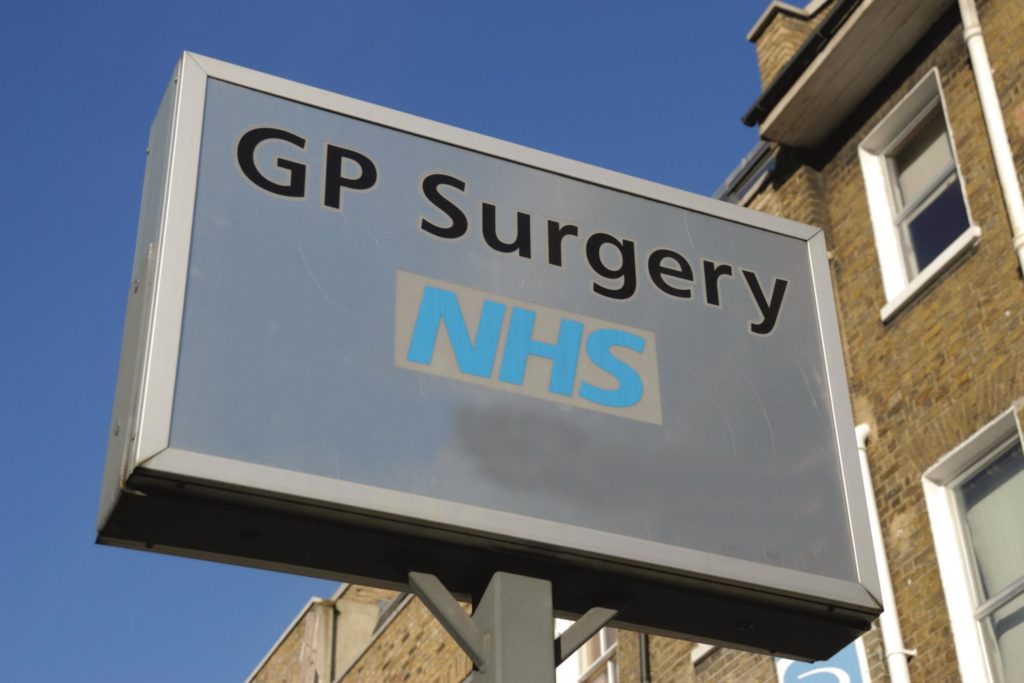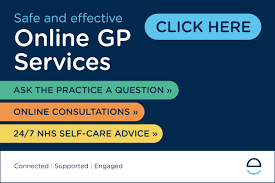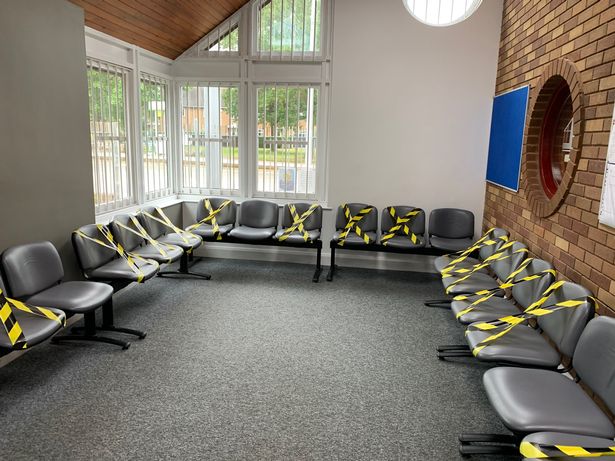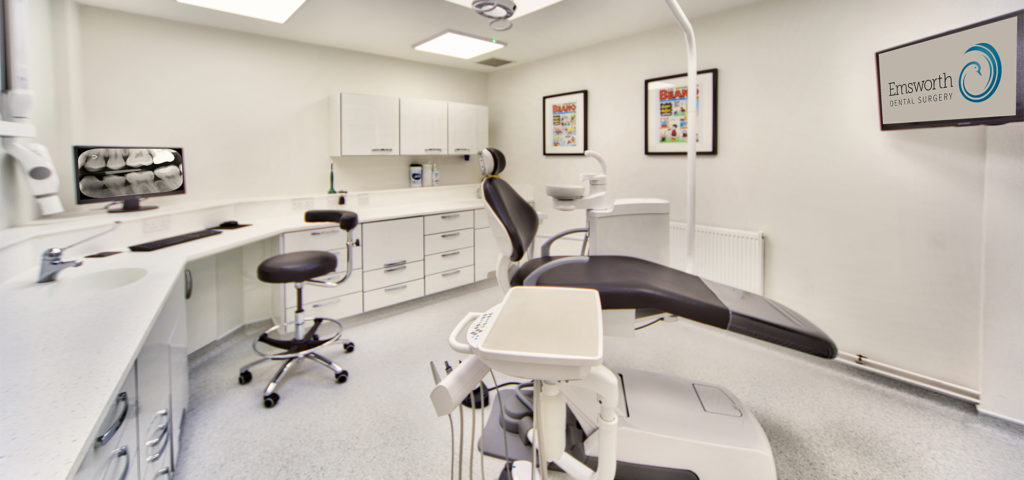Accessing medical services for blind people.
Last week, I was delighted to deliver a lecture on my experiences of the medical profession as part of a disability awareness module run by Dr Qulsom Fazil from the University of Birmingham. This blog explores some key points from this lecture by comparing visiting my local GP with visiting my dentist.
Visiting the GP surgery
The move to online communication has posed difficulties, as many GP practices’ websites are not easily accessible and rarely have bespoke software for blind patients installed on them. Communication is often difficult and patients can get caught in a loop of calling, only to find an automated message redirecting them to the website!
Visiting the GP or other medical services in person can also be stressful, especially for those who are blind. I have experienced a repeated lack of empathy. For example, being asked to sign in on a touch screen, or told to “take a seat over there”. Where is that? When I ask the staff to show me where to go, they are both surprised and reluctant and I can be made to feel very uncomfortable.



Visiting the dentist



Sadly, dental surgeries’ websites are often inaccessible like their GP counterparts. However, telephone access is a key point of difference and, in my local dentist’s case, a willingness to accept V.I. awareness training from CrystalEyes.
I make my appointment by phone. When I arrive, a member of staff is already waiting and without any prompting, signs me in and guides me to a waiting area. Staff provide a clear explanation of what is going and what I can expect. This level of support continues into the dentist’s chair and makes for a stress free and constructive visit.
The key message
Understanding blindness from a medical perspective is of course important. But creating an accessible patient experience for the blind and vision impaired requires understanding on a practical level too. Practices require a commitment to inclusion and training to ensure that all staff are suitably equipped to cater for diverse needs.
